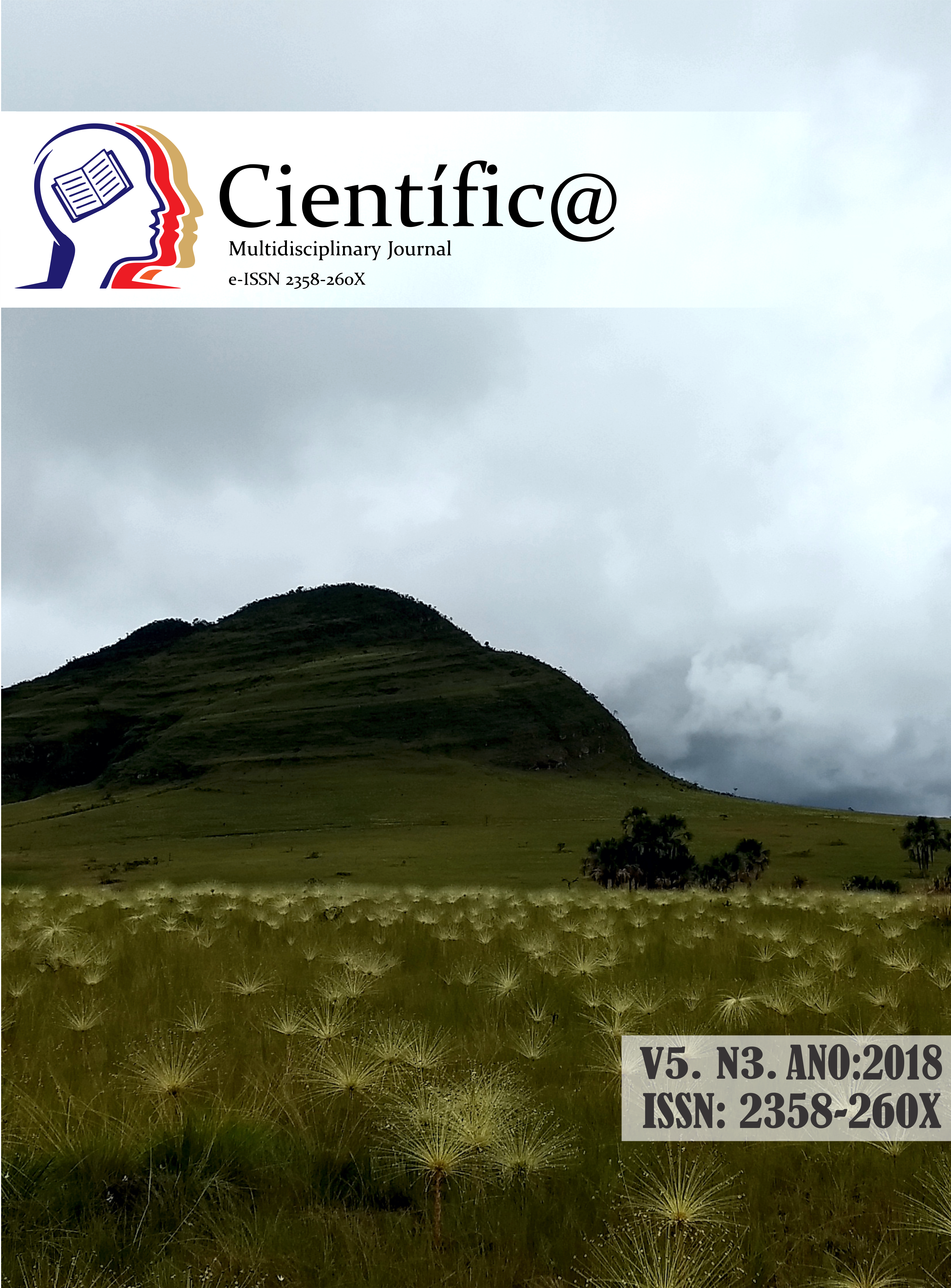AGRONOMIC AND ECONOMIC PERFORMANCE OF DIFFERENT SOY CULTIVARS
DESEMPENHOS AGRONÔMICO E ECONÔMICO DE DIFERENTES CULTIVARES DE SOJA
DOI:
https://doi.org/10.29247/2358-260X.2018v5i3.p4-14Abstract
Soybean Glycine Max (L) Merr, belonging to Fabaceae family, is a legume specie of high socioeconomic value with various products and by-products used in food and feed manufacturing. The objective of the study was to conduct technical and economic feasibility analysis in soybean cultivation in central Brazil, in two planting seasons, using four varieties of seeds, two with Roundup Ready® (RR) technology and two with the technology INTACTA RR2 PRO™. The experiment was conducted at the Center for Agricultural Research - CPA, Rio Verde, GO. The experimental design was a randomized complete block design, and initial and final populations were evaluated for losses and estimated productivity of each cultivar, plant height, first pod insertion, weight of a thousand grains and productivity. The seeded soybean cultivars were M 7110 IPRO, M 7739 IPRO, TMG 7262 RR and SYN 1163 RR. For statistical analysis, the F test was performed and, according to significance, the Tukey test was performed at 5%. In the tested varieties, a statistical difference of plant height occurred in the two sowing seasons, except the variety M 7739 IPRO. At the time of insertion of the first pod, all cultivars showed a proximity between the two sowing times. In the weight of a thousand grains, the cultivar M 7739 IPRO did not differ its weight independent of the sowing times, the others, already in the second season, its weight was lower when compared to the first season. The yield did not show significant difference between all four cultivars tested in the two sowing seasons. When all losses are accounted for and converted to the initial cost of seeds used for sowing, it generates a revenue that presents losses that result in lower productivity, failing to produce an additional revenue that can be used within the agricultural enterprise itself.
Downloads
Published
How to Cite
Issue
Section
License
Esta revista oferece acesso livre imediato ao seu conteúdo, seguindo o princípio de que disponibilizar gratuitamente o conhecimento científico ao público proporciona maior democratização mundial do conhecimento.
A partir da publicação realizada na revista os autores possuem copyright e direitos de publicação de seus artigos sem restrições.
A Revista Científic@ - Multidisciplinary Journal segue os preceitos legais da licença Creative Commons - Atribuição-NãoComercial 4.0 Internacional. 

